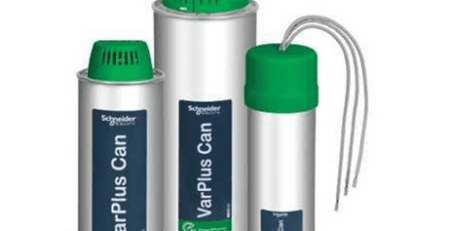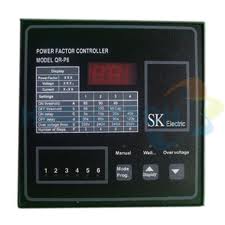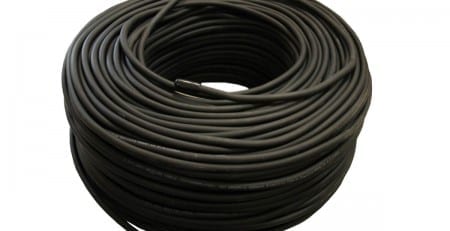Distinguish capacitors (START CAPACITOR) and capacitors (RUN CAPACITOR).
Distinguishing capacitors and capacitors
When you have the conditions to investigate single-phase AC motors.
- Introduction What is a capacitor and compensation capacitor reactive power
Like water pump motors, air conditioners, etc. You will see a rather large capacitor, connected to the output terminals of the motor. Usually, people call these capacitors “capacitance” (capacitor) or “capacitance” (capacitor). The word “capa” is derived from English as “capacitor” (meaning capacitor).
When these capacitors are damaged, you need to distinguish these types of capacitors and read the correct value to choose a replacement, if you choose the wrong one, the motor will not achieve optimal performance or the capacitor will be damaged immediately just replaced.
RUN CAPACITOR.

Capacitors are usually made of polypropylene film and are non-polar. Capacitors are designed to operate continuously throughout the life of the motor. Usually, the value of the capacitor varies from 1.5 ~ 100 microfarads (uF or mfd), with working voltage from 370V to 440V. Single-phase electric motors often use this capacitor to phase out the voltage applied to the second winding and at the same time ensure the motor’s performance. If we replace the capacitor with the wrong value, this will result in the rotating magnetic field generated by the windings in the motor being uneven and will cause the rotor to “jump” at locations where the magnetic field is not agree with this. This phenomenon will cause the motor to run hot, noisy, consume more energy and damage the motor faster.
When choosing a capacitor to replace, we need to pay attention to the voltage value written on the capacitor body and the capacitance value (the voltage value must be equal or higher, the capacitance value must be close to the capacitor to be replaced).
START CAPACITOR
Capacitors are usually non-polarized capacitors. The capacitor is responsible for increasing the starting torque of the motor for a short period of time, and at the same time, allowing the motor to stop and run quickly. Capacitors have a capacitance value from 25 ~ 30 microfaras (when working at 220V), when the capacitance is from 70 microfaras (uF) or more, there will be 4 working voltage levels: 125V, 165V, 250V and 330V.
Normally, when starting the motor, the capacitor will phase out the current applied to the starter coil in the motor and give the motor enough torque to accelerate to about ¾ of the maximum speed, then the capacitor will This will be disconnected from the circuit by a centrifugal switch located inside the motor when the maximum number of revolutions has been reached.
When needing to be replaced, similar to how to choose a capacitor, we need to care about the capacitance and voltage of the capacitor (the voltage value must be equal or higher, the capacitance value must be close to the required capacitor) instead of replace.
Learn more about: power capacitor












Leave a Reply